Cologne’s history through a magnifying glass: The city museum
After a long time of closure, the Cologne City Museumꜛ reopened its doors in March 2024. The museum, which is now temporarily housed in the former Franz Sauer fashion house, has a large collection of around 350,000 objects spanning from the Middle Ages to the present day. The exhibits cover a wide range of topics, including paintings, graphics, militaria, coins, textiles, furniture, and everyday objects. The museum’s current concept focuses on showcasing a small selection of objects that are presented in an emotional context, offering a unique perspective on societal and historical issues. In my opinion, in this way the museum actually serves as a lens through which visitors can explore the history of 2000-year-old Cologne.
 The Cologne City Museum (Stadtmuseum Köln), now temporarily housed in the former Franz Sauer fashion house (Modehaus Franz Sauer). It’s centrally located between Minoritenkirche, Museum Kolumba and Breite Straße.
The Cologne City Museum (Stadtmuseum Köln), now temporarily housed in the former Franz Sauer fashion house (Modehaus Franz Sauer). It’s centrally located between Minoritenkirche, Museum Kolumba and Breite Straße.
History of the museum
At the end of the 19th century, Cologne had only one universal museum, the Wallraf-Richartz Museum, founded in 1827. Before its establishment, there were displays of discarded weapons, armor, and various antiquities in the Zeughaus, which eventually became part of the Wallraf-Richartz Museum’s collection. Inspired by the growing civic engagement, many other cities, including Berlin, Munich, and Düsseldorf, established historical museums towards the end of the 19th century. These efforts aimed to preserve the memory of “old” Cologne amidst its transformation into a modern metropolis during the industrialization period.
In 1888, the Historical Museum was established, initially located in the Hahnentorburg, a part of the medieval city fortifications. Later, the Eigelsteintorburg became its second location. Under the leadership of Joseph Hansen, the museum’s collections were systematically organized, expanding beyond local history to encompass broader themes. Despite challenges like space constraints and the outbreak of World War I, the museum became well-established, attracting a steady flow of visitors.
In 1925, Wilhelm Ewald became the first full-time director of the Historical Museum. Plans for a Rhine Historical Museum emerged, aiming to showcase the region’s history. However, due to financial constraints caused by the Great Depression, these plans were never fully realized. Eventually, the Historical Museum merged with the Rhenish Museum, though the latter was never officially opened.
The museum underwent significant changes during the Nazi era, aligning its exhibits with the regime’s propaganda. Renamed as the “House of Rhenish Heritage”, it focused on promoting Nazi ideology. Despite this, the museum garnered international recognition for its exhibition design.
After World War II, efforts were made to retrieve the museum’s collections and restore its operations. Wilhelm Ewald continued as director until 1950, overseeing the museum’s revival. Subsequently, the institution operated as the Rhenish and Historical Museum, emphasizing Cologne’s significance within the Rhineland.
In the early 2000s, plans for renovating and expanding the museum were initiated. However, due to various challenges, including financial constraints and disagreements with stakeholders, these plans were continually postponed. Eventually, a new concept emerged, envisioning a modern museum complex near Cologne Cathedral. Despite setbacks, including a temporary closure due to water damage, the museum’s journey culminated in its relocation to the former Franz Sauer fashion house in the city center in 2024.
With a focus on accessibility and community engagement, the museum reopened in its new location, offering a dynamic space for exhibitions and public discourse. Despite the challenges and uncertainties it faced throughout its history, the Cologne City Museum remains a vital cultural institution, reflecting the city’s diverse heritage and evolving identity.
 One of the exhibition floors at the fashion house.
One of the exhibition floors at the fashion house.
Highlights from the collection
Here are some of my favorite objects from the museum’s collection that I captured during my visit in April 2024.
Konrad Adenauer
Like no other, Konrad Adenauer shaped the history of the city of Cologne at the beginning of the 20th century. Being its mayor from 1917 to 1933, he was instrumental in the construction of the city’s infrastructure and the establishment of the University of Cologne. After the Second World War, he became the first Chancellor of the Federal Republic of Germany.
Fight for women’s rights
In the 1980s, the figures depicted on Cologne’s council tower became a political issue. At first, just 5 of the 124 figures were female. Following the efforts of the Green Party, this increased to 18. One of them is Mathilde Franziska Anneke. In 1848, her house became a kind of headquarters for the March Revolution in Cologne. After their defeat she fled to the USA, where she advocated for women’s rights and the end of slavery.

 Council tower figure depicting Mathilde Franziska Anneke, K. Hochhaus, Cologne 1989/92.
Council tower figure depicting Mathilde Franziska Anneke, K. Hochhaus, Cologne 1989/92.
The city’s war history
In the long history of Cologne, many wars left their mark on the city. The museum’s collection includes a variety of objects from different periods, such as a spiked mace from the 16th century, a knapsack made from pett with a tin canister and blanket from 1870/1900, and a Mills grenade converted into a cleaning product shaker after the Second World War.
 Painting of the Battle of the Ulrepforte (Schlacht an der Ulrepforte) in 1286, Gustave Buschmann & Edouard Jean Conrad Hamman, 1841
Painting of the Battle of the Ulrepforte (Schlacht an der Ulrepforte) in 1286, Gustave Buschmann & Edouard Jean Conrad Hamman, 1841
 Center: Leg guards of field armour (Beinrühren und Beintaschen eines Feldharnisches), late 16th c.
Center: Leg guards of field armour (Beinrühren und Beintaschen eines Feldharnisches), late 16th c.
 Spiked mace (Morgenstern), Cologne 16th c.
Spiked mace (Morgenstern), Cologne 16th c.
 Knapsack made from pett with tin canister and blanker, Germary 1870/1900.
Knapsack made from pett with tin canister and blanker, Germary 1870/1900.
 Mills grenade, converted into en ATA cleaning product shaker (ATA Putzmittelstreuer) after the Second World War, Germany post-1945.
Mills grenade, converted into en ATA cleaning product shaker (ATA Putzmittelstreuer) after the Second World War, Germany post-1945.
The artist Karl Rickelt met Adolf Hitler in1923 and became his portrait painter. He moved to Cologne in 1936 where he painted the large image of the ‘Führer’ for the city hall. The scratches on this draft were presumably made by Rickelt’s wife. They express her disappointment after the collapse of the Nazi regime.
 Disappointed Love: Scratched portrait of Hitler, K. Rickelt, Germany 1928/38.
Disappointed Love: Scratched portrait of Hitler, K. Rickelt, Germany 1928/38.
Post-war diplomacy and friendship
As German Chancellor, Konrad Adenauer sought to establish links with the West. In 1962, French President Charles de Gaulle came to Cologne and received an enthusiastic welcome from 50,000 residents. The ‘Élysée Treaty’ sealed the friendship between Germany and France in 1963. Shortly after, Cologne received a visit from US President John F. Kennedy. He greeted the people with a clumsy ‘Köll’n alaaf’ before continuing on to Berlin.
 Carnival medal with Konrad Adenauer and Charles de Gaulle, Cologne 1963.
Carnival medal with Konrad Adenauer and Charles de Gaulle, Cologne 1963.
In April 1947, after 12 years of dictatorship, democracy returned to Cologne in inconspicuous fashion. The ‘Cologne City Constitution’ was published in issue 7 of the city administration newsletter. Printed on cheap, woody recycled paper, it laid out the fundamental tasks, rights and duties of mayors, city councilors and administrators.
 Cologne City Constitution, Cologne 1947 (copy).
Cologne City Constitution, Cologne 1947 (copy).
Everyday remembrance
The ‘Stolpersteine’ (Stumbling Blocks) project was created by the artist Gunter Demnig. The stones commemorate the victims of National Socialism and are embedded in the pavement outside their former homes. Elisabeth Moses, a Jewish art historian, lived at 3 Elisenstrasse and fled to the USA in 1934. In 1925, she worked with Rabbi Adolf Kober on the Jewish section of the Millennium Exhibition of the Rhineland.
 Stolperstein (duplicate) for Elisabeth Moses, G. Demnig, Cologne 2013.
Stolperstein (duplicate) for Elisabeth Moses, G. Demnig, Cologne 2013.
If you want to read more about the Stolpersteine project, I recently wrote a post about it. And for more information about the Nazi era in Cologne, you can check out my post about the NS Documentation Centre.
Quarantines during the plague
Already in the early modern period, sick people were isolated for fear of infection. People suffering from the plague or leprosy were rarely allowed to enter the city and were made to announce their presence by shaking a rattle.
 Leper relief (Leprosenmännchen-Relief; center) from Melaten cemetery, Cologne, 1629/1630, and plague rattles (Pestklappern; left), 17th/18th c.
Leper relief (Leprosenmännchen-Relief; center) from Melaten cemetery, Cologne, 1629/1630, and plague rattles (Pestklappern; left), 17th/18th c.
Tünnes and Schäl
Johann Christoph Winters founded “Hänneschen Theatre” in 1802, and its popularity soon grew. Performances are set in the fictional town of ‘Knollendorf’, but the characters reflect typical Cologne personalities. Hänneschen, Bärbelchen, Tünnes, Schäl, Speimanes and Policeman Schnäuzerkowski remain just as popular and famous in the city today. The stick puppets (Stockpuppen) are made of wood and are operated from below. You can read more about Tünn and Schäl in this post.

 Stick puppets (Stockpuppen) from Hänneschen Theatre, Cologne around 1990. Image in the background: Hänneschen Theatre on Wehrgasse, J. Passavanti, Cologne 1906.
Stick puppets (Stockpuppen) from Hänneschen Theatre, Cologne around 1990. Image in the background: Hänneschen Theatre on Wehrgasse, J. Passavanti, Cologne 1906.
The legend of Jan von Werth
During the Thirty Years’ War, Jan, a farmer’s son from Büttgen, achieved fame and glory. Awarded a baronage, he became a legend and was known as Jan von Werth. His unhappy love story is more famous than his military deeds and was immortalised by Carl Kramer in the poem ‘Jan un Griet’. This poem has become an integral part of Cologne Carnival. Every year, the Jan von Werth cavalier corps act out the story on Women’s Carnival Day in front of the Severinstor gate.
 Half-armour probably worn by Jan von Werth, Germany around 1640.
Half-armour probably worn by Jan von Werth, Germany around 1640.
Homesick
Migration has always been an integral part of Cologne’s long history. After World War II, many people Southers and Eastern Europe came to Cologne as guest workers, and they brought their culture and traditions with them. One such person was Yüksel Özkasap, who came as a guest worker to Cologne in the 1960s. Her singing talents were spotted by Türküola, a Cologne record company and she earned several gold records over the following decades. Little known among Germans, the ‘Nightingale of Cologne’ was hugely popular with the Turkish community. Her songs focused mostly on a longing for the Turkish homeland.
 Record for the single ‘Almanya’ya Mecbur Ettin’, Y. Özkasap, Cologne 1976.
Record for the single ‘Almanya’ya Mecbur Ettin’, Y. Özkasap, Cologne 1976.
Koelhoffsche Chronik
Printed in 1499, the ‘Koelhoffsche Chronik’ was Cologne’s first printed historical work. Richly illustrated, it told the story of the city since ancient Rome. It exalted and exaggerated the virtues of Cologne and its citizens but also criticised the church and authorities, It was therefore banned and proved to be an economic disaster for its publisher. Depicted here is the Battle of Marsilius at the gates of Cologne, in which Marsilius is said to have freed Cologne from siege by a Roman emperor.
 Koelhoffsche Chronik, Verleger J. Koelhoff der Jüngere, Köln 1499.
Koelhoffsche Chronik, Verleger J. Koelhoff der Jüngere, Köln 1499.
Relief depicting the fight with the lion
This relief depicts Mayor Gryn’s fight with the lion. According to legend, two canons set a trap and threw him to a lion, hoping it would eat him. The plate shows his victory over the beast. After winning the fight, he punished the canons. The legend symbolises the fight for dominion over the city between the citizens and the archbishop in the 12th and 13th centuries.
 Relief depicting the fight with the lion, W. J. Imhoff, Cologne, 1838 (original 1573).
Relief depicting the fight with the lion, W. J. Imhoff, Cologne, 1838 (original 1573).
Heinzelmännchen
August Kopisch’s myth-based poem about the brownies (‘Heinzelmännchen’) is beloved by people of all ages. The brownies come out at night to perform work for the people of Cologne. One night, the curious tailor’s wife surprises them with a lamp and they are never seen again. In 1899, the Cologne Beautification Society funded a fountain in the old town inspired by her character.Cologne has many cherished stories, myths and legends.Some are historical in origin, others fantastical. Most have been embellished and are filled with typical Cologne humour. Many of these stories and their characters are an integral part of the city. Monuments, fountains and traditional performances ensure they are passed down through the generations. Stories include a Cologne general’s unrequited love, hard-working brownies and a valiant Cologne mayor. The public have a particularly profound relationship with the Hänneschen Theater, Germany’s oldest stick puppet theatre (see above).
 Statue of the tailor’s wife, part of the tale of the Heinzelmännchen, E. & H. Renard, Cologne 1899.
Statue of the tailor’s wife, part of the tale of the Heinzelmännchen, E. & H. Renard, Cologne 1899.
Kölnisch Wasser
In 1714, Johann Maria Farina moved from Italy to Cologne and joined the company his brother had established in 1709. Here he produced a perfume that he named ‘Eau de Cologne’ in honour of the city. The Farina brand was soon in high demand as a global luxury product. Its customers included Goethe and Napoleon. Even today, the original ‘Kölnisch Wasser’ is still sold around the world.The labels remain almost unchanged in their design over the years. In 1924, the label is complemented by the tulip, today the typical trademark of Farina.
 Kölnisch Wasser vial (Rosole), Farina Gegenüber, Cologne, late 20th c.
Kölnisch Wasser vial (Rosole), Farina Gegenüber, Cologne, late 20th c.
Kölnisch Wasser features fresh notes of citrus. Perfume producers all around the world try to replicate this scent but have absolutely nothing to do with Cologne. Only perfume from Cologne can be called ‘Echt Kölnisch Wasser’. The name ‘Eau de Cologne’ has long since become a generic term for all perfumes. But they don’t smell like Kölnisch Wasser.

 Perfume with ‘Eau de Cologne’ designation along with imitations from around the world, 20th and 21st c.
Perfume with ‘Eau de Cologne’ designation along with imitations from around the world, 20th and 21st c.
In 1794, the French assumed power in Cologne and allocated house numbers for the first time. The house belonging to merchant Wilhelm Mülhens was numbered 4711. A resourceful businessman, he later used his new house number as the brand name for his perfume. This was an imitation of the original perfume produced by Farina. Nevertheless, 4711 is known around the world today.The Molanus bottle with the rounded front and the angular back ensures worldwide recognition of the perfumes of 4711. The richly decorated and playful label shows the house number 4711. The bell is a reference to the bell alley where the 4711 house is located.
 4711 Molanus bottle, Mülhens KG, Cologne around 2021.
4711 Molanus bottle, Mülhens KG, Cologne around 2021.
Automated vending machine
For a time, the Cologne based Company Stollwerck was Europe’s biggest chocolate manufacturer. It took an extremely inventive approach to advertising and sales. In 1894, Ludwig Stollwerk founded a company that made vending machines. 4,000 of these machines were placed in New York subway stations alone, bringing Stollwerck’s chocolate to the masses.



 Vending machine, Dt. Automaten-Gesellschaft Stollwerck & Co, Cologne around 1900.
Vending machine, Dt. Automaten-Gesellschaft Stollwerck & Co, Cologne around 1900.
Ford in Cologne
Cologne became an automotive city in 1931 with the opening of the Ford plant in Niehl. Konrad Adenauer laid the foundation stone together with Henry Ford. In Germany, the Ford Model Y was known as the ‘Köln’. Germany’s first motorway, now the A555, opened between Cologne and Bonn in 1932. It was an innovation in automotive travel. In the early days it was Germany’s most-used road with 3,000 passen-ger cars per day.

 Ford Oldtimer and Ford promotional sign with the logo of the Cologne Ford plant, Cologne 1939/55.
Ford Oldtimer and Ford promotional sign with the logo of the Cologne Ford plant, Cologne 1939/55.
Allright motorbikes
At the end of the 19th century, Cologne’s bicycle industry was flourishing. The company Köln-Lindenthaler Metallwerke AG and its ‘Allright’ brand were famous worldwide. For a time, KLM produced the world’s fastest motorbike. In 1905, 35,000 bicycles were being produced each year - including ladies’ bicycles. At that time Cologne was one of the centres of bicycle racing. The first ‘Rund um Köln’ (Around Cologne) cycle race took place in 1908.
 Allright motorbike with 2 ¾ hp, Köln-Lindenthaler Metallwerke AG, Cologne 1904.
Allright motorbike with 2 ¾ hp, Köln-Lindenthaler Metallwerke AG, Cologne 1904.
A vision for Cologne
When Carl Georg Hasenpflug finished his painting of Cologne Cathedral in 1836, a decision had not yet been made as whether to continue construction. At the time, construction had been suspended for 300 years, and did not recommence until 1842. When it was finally completed in 1880, the cathedral looked almost exactly as it does in this painting.
 Cologne Cathedral in anticipated completed state, C. G. Hasenpflug, Cologne, 1934/1936.
Cologne Cathedral in anticipated completed state, C. G. Hasenpflug, Cologne, 1934/1936.
Kölner Brücken-Grün
In 1914, the town of Mülheim was incorporated into Cologne. As part of this process, Cologne committed to building a permanent bridge between Mülheim and Riehl. Contrary to what this exhibit suggests, it was not painted red. On the wishes of Konrad Adenauer, ‘Cologne Bridge Green’ (‘Kölner Brücken-Grün’) was used for the first time. The green paint was highly resistant to light and weather. Today, all city bridges are painted in this colour.
 Paint bucket with brush, Steelpaint GmbH, Kitzingen/Cologne, 2020.
Paint bucket with brush, Steelpaint GmbH, Kitzingen/Cologne, 2020.
Make Fastelevend not war
In early 1991, the Gulf War shook the global community. Cologne cancelled its Carnival in response. On 21 January, in the midst of a snow-storm, a spontaneous Rosenmontag procession was organised to protest against the war. Thousands of revellers turned up in their costumes. Their message was written on this drum: MAKE FASTELOVEND (carnival) NOT WAR. There are many photos of the drum at the demonstration against the Ukraine war on Rose Monday 2022.
 Drum from the 1991 Cologne Rosenmontag procession, Cologne around 1980.
Drum from the 1991 Cologne Rosenmontag procession, Cologne around 1980.
‘Vater Rhein’
The Rhine River deeply belongs to the city’s identity and beyond. Being an importatn transport route since the Roman era, the river has also been instrumentalized for political purposes.
For instance, the following ‘Father Rhine’ (‘Vater Rhein’) centrepiece is highly political in nature. It depicts Rhenish professions, legends, churches, castles and coats of arms. The flag of the German Reich blows at the stern, while Michael the German stands at the helm. The message is clear: The Rhine is a German river and not, for example, a natural border with France. The centrepiece was completed for the Paris International Exposition and is part of the Cologne council silver today.

 ‘Vater Rhein’ centrepiece, G. Hermeling, Cologne, 1900.
‘Vater Rhein’ centrepiece, G. Hermeling, Cologne, 1900.
Cruises along the Rhine also became popular in around 1900. Thus, numerous boardgames were developed. In ‘Rhein-reise’ (Rhine Cruise), players aim to travel from the source to the mouth of the river as quickly as possible. But be careful: Players who miss their steam-boat, pass a customs border or want to take a tour of Cologne Cathedral will lose valuable time.

 Boardgame ‘Rheinreise’, Otto Maier Verlag, Ravensburg, around 1910.
Boardgame ‘Rheinreise’, Otto Maier Verlag, Ravensburg, around 1910.
The power of the guilds
Butchers were rich and rebellious in the Middle Ages. They refused to sell meat by weight and defied the control of the au-thorities. And so the city relocated meat sales to the meat hall on Heumarkt.Above the entrance you can see a pair of farmers selling an ox. The female farmer looks after the money. During this era, women played an important role in the economy.
 From left to right: Butcher, Ox led by a farmhand, Farmer and another Farmer. Sculpture group from the meat hall, Cologne, post-1372.
From left to right: Butcher, Ox led by a farmhand, Farmer and another Farmer. Sculpture group from the meat hall, Cologne, post-1372.
Pressa 1928
In Cologne, many print media companies have been established or located here. In 1928, the city hosted the ‘Pressa’ exhibition. It was a five month long event that attracted many visitors. The Pressa revitalized Cologne’s economy and was therefore also a success for mayor Konrad Adenauer, who was instrumental in Cologne’s development as an exhibition and trade fair location.
 Poster of the ‘Pressa’ exhibition in 1928.
Poster of the ‘Pressa’ exhibition in 1928.
The ‘Tefifon’
In the 1930s, Karl Daniel invented the Tefifon in Porz near Cologne. The tapes could be used to record four hours of sound and played in an endless loop. Tefifons became available for home use in 1950. Customers could even buy music cabinets such as this ‘Silvana’ model. However, the Tefifon was unable to compete with records and production ceased in 1965.


 ‘Silvana’ music cabinet, Tefi-Apparatebau Dr. Daniel KG, Porz, 1959/60. On top, Telefunken television.
‘Silvana’ music cabinet, Tefi-Apparatebau Dr. Daniel KG, Porz, 1959/60. On top, Telefunken television.
A catholic hub
Cologne has been ever since an important religious centre. The city has a significant number of churches, monasteries and dioceses.
The clerical year is structured according to certain prayers and festivals. On these occasions, priests turn to service books containing the relevant texts and prayers. Every church is required to have a service book, so printing soon became a profitable business. Cologne entrepreneurs, like Heinrich Quentell were also involved. Quentell’s printing company created this service book in 1494.
 Service book (lat.: Missale), H. Quentell, Cologne, 7th April 1494.
Service book (lat.: Missale), H. Quentell, Cologne, 7th April 1494.
Most homes had small altars, often decorated with clay figurines of saints. In the 17th century, many believers displayed figurines of the Virgin Mary or went on pilgrimages to Scherpenheuvel or Kevelaer, which were centres of Marian devotion.
 Pipe clay figurine, Cologne, 15th/16th c.
Pipe clay figurine, Cologne, 15th/16th c.
 Relief figurine ‘Maria vom Frieden’, Cologne, 1st half of the 18th c.
Relief figurine ‘Maria vom Frieden’, Cologne, 1st half of the 18th c.
Nowerdays, religious traditions shift. Many people no longer attend church regularly and more and more people are leaving the church due to the abuse scandals, the church’s stance on homosexuality and its inability to adapt to modern times. However, clericals also find ‘new forms’ of religious practice. For instance, every year, a service is held in Cologne Cathedral for the fans of 1. FC Köln before the first match day. For the attendees, or ‘pilgrims’, the service is a kind of ‘rite of passage’ before the start of the season. And fan vests have become a kind of substitute for religious robes. Real fans make a pilgrimage to the stadium every week, sing fan chorales, affectionately refer to the pitch as the ‘holy turf’ and appoint special players as ‘soccer gods’. While beeing liberal in blessing soccer scarves, the church to this day vehemently refuses to bless homosexuals or to work seriously to come to terms with and make amends for children abused by church dignitaries and all other crimes in its ~1700-year history, revealing the deep mendacity and bigotry of the institution.

 Service held in Cologne Cathedral for fans of 1. FC Köln before the first match day (top) and a fan vest with patches (bottom).
Service held in Cologne Cathedral for fans of 1. FC Köln before the first match day (top) and a fan vest with patches (bottom).
Center of the Catholic Counter Reformation
In the 17th century, Cologne was the centre of the reactionary Catholic Counter Refermation and of clerical goldsmithing. In order to enhance popular piety, services were solemn in nature, and liturgical utensils and relics were often used. Cologne’s goldsmiths had plenty of work – even orders such as the Jesuits had goldsmith workshops.
 Bust of St. Adrian, T. Selling S.J./Brother Clemens, Cologne 1645, Archdiocese of Cologne/Church St. Mariae Himmelfahrt.
Bust of St. Adrian, T. Selling S.J./Brother Clemens, Cologne 1645, Archdiocese of Cologne/Church St. Mariae Himmelfahrt.
Judaism in Cologne
I recently wrote and article about the 1700 years long history of the [Jewish](/weekend_stories/told/2025/2025-01-06-judaism_introduction/) community in Cologne. The city museum holds a number of artifacts that are related to the Jewish faith, providing further evidence of the integral part of Judaism in Cologne’s history.
For instance, religious objects such as the Kiddush cup, the besamim box, the Seder plate, the Hanukkah lamp, the circumcision instruments and the reading desk are on display. The Jewish faith has numerous festivals. The Kiddush cup and besamim box are used every week on the Sabbath. Hanukkah is celebrated in December, mostly with family members. Passover is one of the most important Jewish festivals and commemorates the exodus from Egypt. Circumcision is of great importance
 Reading desk (amud) with shield of David, Spain 19th c.
Reading desk (amud) with shield of David, Spain 19th c.
 Seder plate with Star of David and fish, Cologne 18th c.
Seder plate with Star of David and fish, Cologne 18th c.
 Hannukah lamp decorated with lilies, Netherlands 17th c.
Hannukah lamp decorated with lilies, Netherlands 17th c.
 Golden Kiddush cup, Lazarus Posen Witwe, Frankfurt/M. 1909.
Golden Kiddush cup, Lazarus Posen Witwe, Frankfurt/M. 1909.
 Besamim box with dragonflies and a dove, Augsburg or Poland 18th /19th c.
Besamim box with dragonflies and a dove, Augsburg or Poland 18th /19th c.
 Circumcision instruments in a box, Cologne/Rhineland mid-19th c.
Circumcision instruments in a box, Cologne/Rhineland mid-19th c.
 Torah finials (rimonim), Nuremberg mid-19th century.
Torah finials (rimonim), Nuremberg mid-19th century.
Gravestones are among the oldest pieces of evidence of Jewish life in Cologne. They were usually placed vertically at head height. The gravestone below is from 1323. It was found during excavations near the city hall in 1953. It was probably hidden during the pogrom of 1349 by Jewish people who were then forced to leave it behind.
 Rachel’s gravestone, Cologne 1323.
Rachel’s gravestone, Cologne 1323.
However, the history of the Jewish community in Cologne is also marked by persecution. Again and again, Jews have been subjected to violence and harassment. The pogrom of 1349 was particularly severe. Buried coins and valuables unearthed in excavations bear witness to their ostracism. Old prejudices such as the stereotype of ‘money-hungry Jews’ refused to die out and provided the Nazis with fertile ground for their propaganda.
 Tankard (Humpen) with antisemitic motifs, J. Kurz, Cologne-Ehrenfeld 1910.
Tankard (Humpen) with antisemitic motifs, J. Kurz, Cologne-Ehrenfeld 1910.
 ‘The Miser’ wax relief (Wachsbossierung), C. B. Hardy, Cologne around 1790.
‘The Miser’ wax relief (Wachsbossierung), C. B. Hardy, Cologne around 1790.
Ensuring the purity of precious metals
With so-called touchstones, the purity of precious metals could be tested in the Middle Ages.
 Touchstone with leather case for testing coins, Cologne before 1398.
Touchstone with leather case for testing coins, Cologne before 1398.
 Cologne Mark with coat of arms, City of Cologne, 15th c.
Cologne Mark with coat of arms, City of Cologne, 15th c.
Eat and drink traditions
In the Middle Ages, the diet of the common people consisted mainly of soups and porridges. Most people owned just one spoon that they would use for their entire lifetime. Water was of poor quality and was therefore often mixed with (cheap) wine known as ‘suure Hungk’ (sour dog). In the town hall cellar, meanwhile, there was good wine that may have been served in small mugs bearing the Cologne coat of arms.
 Food in the Middle Ages. Shown are: Spoon (Laffe) and wooden bowl, Cologne 13th/14th c.; Maigelein glass, Rhineland, 15th/16th c.; Man-shaped mug (Sturzbecher), Cologne 1520/50; Cup depicting four human/fish creatures, Siegburg/Cologne 13th c.; Spoon with short handle, Cologne around 1400; Eating bowl, Cologne around 1400; Funnel-necked mug with Cologne coat of arms, Siegburg, around 1500.
Food in the Middle Ages. Shown are: Spoon (Laffe) and wooden bowl, Cologne 13th/14th c.; Maigelein glass, Rhineland, 15th/16th c.; Man-shaped mug (Sturzbecher), Cologne 1520/50; Cup depicting four human/fish creatures, Siegburg/Cologne 13th c.; Spoon with short handle, Cologne around 1400; Eating bowl, Cologne around 1400; Funnel-necked mug with Cologne coat of arms, Siegburg, around 1500.
For a long time, historians assumed that the expression ‘Alaaf’, used during Cologne Carnival, originated from the 18th century. This Bartmann jug proves that the word was used as a cheer or toast as early as 1550. In this context, the term means ‘Nothing is better than a good drink’. The jug was found during excavations on Streitzeuggasse Street.
 Bartmann jug, Cologne 1530/65.
Bartmann jug, Cologne 1530/65.
Mustard is usually served in small pots on the table in the traditional Cologne brewery. Guests can help themselves to it with wooden spoons.
 Mustard is usually served in small pots on the table in the traditional Cologne brewery.
Mustard is usually served in small pots on the table in the traditional Cologne brewery.
In 1903, the Orivit AG built a new factory in Ehrenfeld where it produced its bestselling dishes, lamps, chandeliers, mugs and other art nouveau objects. The unique Orivit alloy shines like silver, but consists mainly of pewter and was processed mechanically. This service includes elaborately painted porcelain with a red glaze. The company supplied both the middle and upper class.
 Middle-Class Glamour: Multi-piece coffee service, Orivit AG, Cologne 1904.
Middle-Class Glamour: Multi-piece coffee service, Orivit AG, Cologne 1904.
A speciality of Cologne is its Kölsch beer. The a pale, filtered and top-fermented beer is only brewed in the city and its surrounding area. Served in small, thin glasses, the Kölsch has become part of the city’s identity in the 20th century. However, times are always changing and so do traditions. I recently wrote about my opinion on the Kölsch culture and what it could mean for the future of the city.

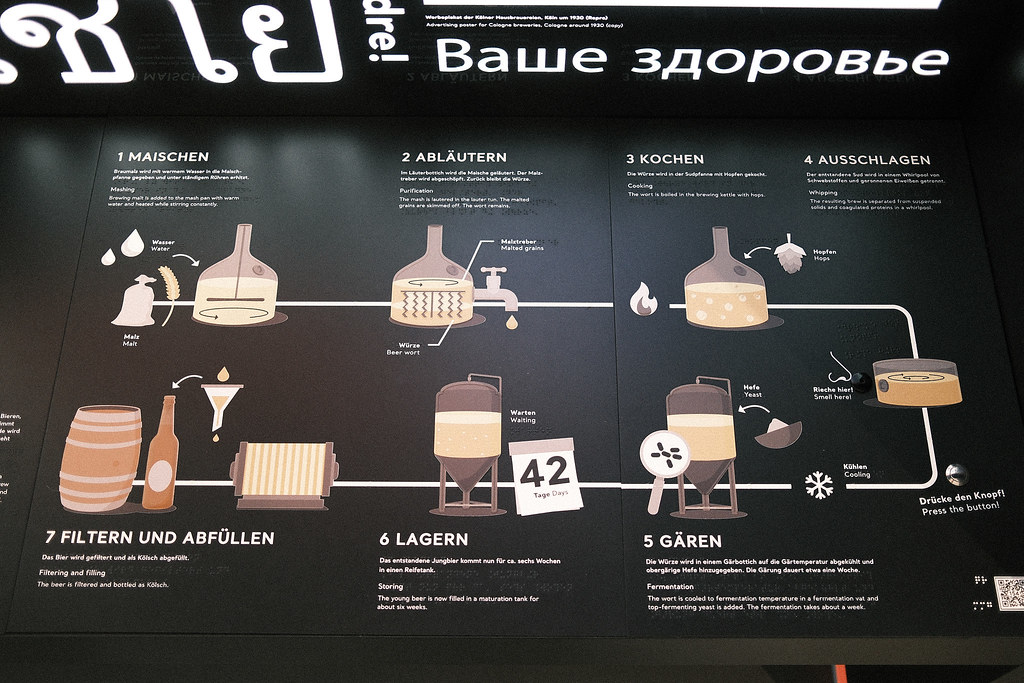 Top: Advertising poster for Dom Pilsner, Cologne around 1955 (copy). Bottom: Schematic showing the brewing process of Kölsch beer. Seen
Top: Advertising poster for Dom Pilsner, Cologne around 1955 (copy). Bottom: Schematic showing the brewing process of Kölsch beer. Seen
Sexuality in Cologne
Sex has always been sold in Cologne, but has long been considered immoral. In the 20th century sex work was controlled: In 1919 prostitutes were obliged to wash in certain ways. The Pascha (a large brothel) in Ehrenfeld was an attempt to drive prostitution out of the city centre. In 2013, EMMA magazine collected 10,000 signatures supporting a ban on prostitution. 2014, the EU Parliament stated that prostitution is a violation of human rights.
 Clay pipe figurines: prostitute and client, Cologne 2nd half of 15th c.
Clay pipe figurines: prostitute and client, Cologne 2nd half of 15th c.
 Map for men, M. Dülk, Cologne 1972 (copy).
Map for men, M. Dülk, Cologne 1972 (copy).
It is in the nature of big cities that sexuality is more visible here than in the provinces. In the anonymity, one’s own needs can be lived out more freely. This was not always the case in Cologne: homosexuals were persecuted and punished for a long time. Prostitutes were ostracized because their work was considered immoral. The lust of male clients, on the other hand, was accepted as ‘natural’. Sex work is still not prohibited today. On the contrary: Europe’s largest brothel is located in Cologne. Cologne likes to think of itself as the German capital of the gay scene. Yet LGBTQ+ people have had to fight for social equality here for decades. Even today, ColognePride sends out an important signal for acceptance and tolerance
 Sign advertising the Gay and Sex Shop at Rudolfplatz, Cologne around 2000.
Sign advertising the Gay and Sex Shop at Rudolfplatz, Cologne around 2000.
With its many queer nightclub districts, Cologne is now considered a strong-hold of the gay scene. And yet until 1980, men were prosecuted in accordance with Section 175, a legal clause strength-ened by the Nazis. District president Franz Grobben was a prominent exam-ple. In 1966, he was caught in a public toilet in Waidmarkt known to be a meeting place for gay men. The tabloid press had a field day. Grobben stepped down and disappeared from public life.
 HERREN sign from the public toilet at Waidmarkt, Cologne around 1955.
HERREN sign from the public toilet at Waidmarkt, Cologne around 1955.
Carnival in the Middle Ages
The frieze below decorated a Gothic fireplace in Gürzenich, the city’s medieval ceremonial house, from around 1440. It depicts Cologne’s people’s carnival, which has been celebrated since the Middle Ages. Most of the carnival festivities took place in thegaff houses at Heumarkt and in the Gürzenich building. The jester with donkey ears making music in the centre has since become the symbol of the Carnival.
 Carnival relief (replica), Cologne 1970 (original from around 1440).
Carnival relief (replica), Cologne 1970 (original from around 1440).
First German game console
In 1978, the company Interton from Cologne-Holweide creates the first German games console, the VC 4000, which is intended to compete with the Atari 2600. With 37 games and a controller with an analog joystick, it is cheaper but less powerful than the Atari console. In 1983, the international console crash put an end to the German console.



 First German game console: VC 4000 video game console with games, Interton Electronic, Cologne 1978/83.
First German game console: VC 4000 video game console with games, Interton Electronic, Cologne 1978/83.
Propaganda in the playroom
The Nazi approach to education aimed to turn children into ideologically compliant individuals. Adolf Hitler demanded a ‘violent, imperious, cruel youth’. Lineol produced figurines of soldiers wearing Nazi uniforms for children to play with. Its product range also included figurines of the Nazi elite. In the post-war period toys were made from whatever material was available. The wheels of this tractor are made from gas mask filters.
 Propaganda in the Playroom: Lineol toy figurines with Nazi uniforms,, Brandenburg/H. 1933/45 (top) and toy tractor with trailers, Germany (bottom).
Propaganda in the Playroom: Lineol toy figurines with Nazi uniforms,, Brandenburg/H. 1933/45 (top) and toy tractor with trailers, Germany (bottom).
Roman Cologne
Cologne was founded by the [Romans](/weekend_stories/told/2025/2025-01-22-roman_empire/) in the year 50 CE under the name ‘Colonia Claudia Ara Agrippinensium’ (CCAA). It was named after the Roman empress Agrippina the Younger, who was born in the city and was the wife of Emperor Claudius. Agrippina the Younger requested that her birthplace be elevated to the status of a colonia, which was a status that conferred certain privileges and was a mark of imperial favor. This marked the beginning of Cologne’s development as a significant Roman city in the region of Germania.
Many artifacts from Roman Cologne are found in archaeological excavations. The Romano-Germanic Museum in Cologne houses a large collection of Roman artifacts from the city. The city museum provides a glimpse into that collection yb showing a few selected pieces:
 Neolithic vessel, approx. 6th/5th millennium B.C.; Glass bottle with ‘Kölner Schnörkel’ (Cologne curlicue), Cologne, first half of 3rd C.; Female goddess on throne with dog, Cologne, 2nd c.; Sestertius with image of Agrippina, Cologne, approx. 37/41; All objects from: Romano-Germanic Museum.
Neolithic vessel, approx. 6th/5th millennium B.C.; Glass bottle with ‘Kölner Schnörkel’ (Cologne curlicue), Cologne, first half of 3rd C.; Female goddess on throne with dog, Cologne, 2nd c.; Sestertius with image of Agrippina, Cologne, approx. 37/41; All objects from: Romano-Germanic Museum.
 Roman Cologne: Roman Legionnaire’s Helmet. Helmet belonging to a Roman legionnaire (Nijmegen type), 1st c. (copy).
Roman Cologne: Roman Legionnaire’s Helmet. Helmet belonging to a Roman legionnaire (Nijmegen type), 1st c. (copy).
Seal stamp of the city of Cologne
Cologne was probably the first European city to have its own seal in the early 12th century. A new seal of extraordinary quality was produced in 1268/69. It shows Peter, the city’s patron, with the key to the city. Later, the university (founded by Cologne’s citizens in 1388) was also awarded its own seal. This shows Mary with the baby Jesus and the Three Wise Men above Cologne’s coat of arms.
 Seal stamp of the city of Cologne, Cologne 1269.
Seal stamp of the city of Cologne, Cologne 1269.
 Seal stamp of Cologne University, Cologne 1392.
Seal stamp of Cologne University, Cologne 1392.
Cologne’s first city constitution
During the High Middle Ages, a small number of families reigned over Cologne and exerted their influence on the city council. Finally, a in 1396, the long-lasting conflicts ended in a bloodless coup. From then on, the charter (‘Verbundbrief’) was Cologne’s new constitution. Twentytwo citizen associations, known as gaffs, formed the new instrument of power. other However, women, clerics, and people of other faiths were excluded.

 Cologne’s first city constitution: ‘Verbundbrief’ with the seals of various gaffs and the city of Cologne 1396.
Cologne’s first city constitution: ‘Verbundbrief’ with the seals of various gaffs and the city of Cologne 1396.
Cologne’s coat of arms
In a previous post, I already wrote about the history of Cologne’s coat of arms. Cologne’s coat of arms was created in the 13th century during Cologne’s independence process. It contains the colours of the Hanse trade association. In the 14th century, the crowns of the Three Vise Men were added to the red section. In the 16th century, eleven flames, drops of blood or stoat tails were added to the white section. They refer to the 11,000 martyr virgins around St. Ursula. A griffin or lion serves as a supporter.
 Rococo-style Cologne coat of arms, Cologne approx. 1700.
Rococo-style Cologne coat of arms, Cologne approx. 1700.
During the French occupation of Cologne, the coat of arms was changed. The French administration replaced the crowns with bees. The bees marked the city as a ‘bonne ville de l’Empire français’ (good city of the French Empire).
 Bees Instead of Crowns: Cologne coat of arms after the Napoleonic Decree Cologne/France 1811.
Bees Instead of Crowns: Cologne coat of arms after the Napoleonic Decree Cologne/France 1811.
 Liberty cap with ‘LIBERTE’ inscription, France (?), approx. 1793. Evidence of the French Revolution in Cologne.
Liberty cap with ‘LIBERTE’ inscription, France (?), approx. 1793. Evidence of the French Revolution in Cologne.
Kölner Pickelhaube
After the defeat of Napoleon and the Congress of Vienna, liberal achievements were rolled back again and Cologne fell to Prussia. The Prussian administration was characterized by a strict regiment of militarism. The exhibited helmet below from 1880 is an example of the Prussian presence in Cologne.
 Spiked Helmet (Kölner Pickelhaube). Helmet belonging to an officer of the Cologne fire department with the Cologne coat of arms, Cologne approx. 1880.
Spiked Helmet (Kölner Pickelhaube). Helmet belonging to an officer of the Cologne fire department with the Cologne coat of arms, Cologne approx. 1880.
Model of the historic city of Cologne
The total highlight of the museum is maybe the model of the historic city of Cologne. The model shows the city as it was in 1571. It is a large and detailed representation of the city with its churches, city walls, and gates. The model is a great way to get an impression of how the city looked like in the 16th century.






 Model of the historic city of Cologne in 1571. At the time, Cologne was the largest city north of the Alps with around 40,000 inhabitants.
Model of the historic city of Cologne in 1571. At the time, Cologne was the largest city north of the Alps with around 40,000 inhabitants.
Conclusion
With its doors once again open to the public, the museum offers a treasure trove of artifacts and exhibits spanning over two millennia of history, providing visitors with the rich history of Cologne. Housed in the former Franz Sauer fashion house, albeit temporarily, the museum houses a well-selected collection, ranging from the Roman times and the Middle Ages to the present day. From paintings and graphics to militaria, coins, textiles, furniture, and everyday objects, the exhibits offer a comprehensive exploration of the social, economic, and cultural evolution of Cologne.
What sets the museum apart is its unique approach to storytelling, focusing on presenting a small selection of objects in an emotionally resonant context. By doing so, the museum offers a nuanced perspective on societal and historical issues, inviting them to engage deeply with the narratives that have shaped the city over the centuries.
The museum serves as a lens through which visitors can explore the city’s diverse heritage, fostering a deeper understanding of its identity and place in the world. With its reopening, the Cologne City Museum reaffirms its commitment to preserving and celebrating the rich history of the city, ensuring that it remains an invaluable resource for generations to come.
Furthermore, I see the museum also serving as a hub for the many other museums in the city. It is a great starting point for visitors to learn about the history of Cologne before diving deeper into specific topics at other museums.
If you are in Cologne and interested in history, I highly recommend visiting the museum. It is a great way to learn more about the city’s past and gain a deeper appreciation for its cultural heritage.
References and further reading
- Website of the Stadtmuseum Kölnꜛ
- Wikipedia article about the museumꜛ
- Marcus Trier, Friederike Naumann-Steckner, 14 CE - Römische Herrschaft am Rhein, 2014, Wienand, ISBN: 9783868322262
- Museum Schnütgen, Das Mittelalter in 111 Meisterwerken aus dem Museum Schnütgen Köln, 2003, Verlag n/a, ISBN: 9783774303416
- Werner Jung, Bilder einer Stadt im Nationalsozialismus: Köln 1933-1945, 2016, Emons Verlag, ISBN: 9783740800147
- Matthias Hamann et al., KÖLNGOLD: Stadtschätze, 2021, Wienand, ISBN: 9783868326499
- Carl Dietmar, Werner Jung, Köln: Die große Stadtgeschichte, 2015, Klartext, ISBN: 978-3837514872
- The comprihensive book series Geschichte der Stadt Köln in 13 Bänden (linkꜛ)



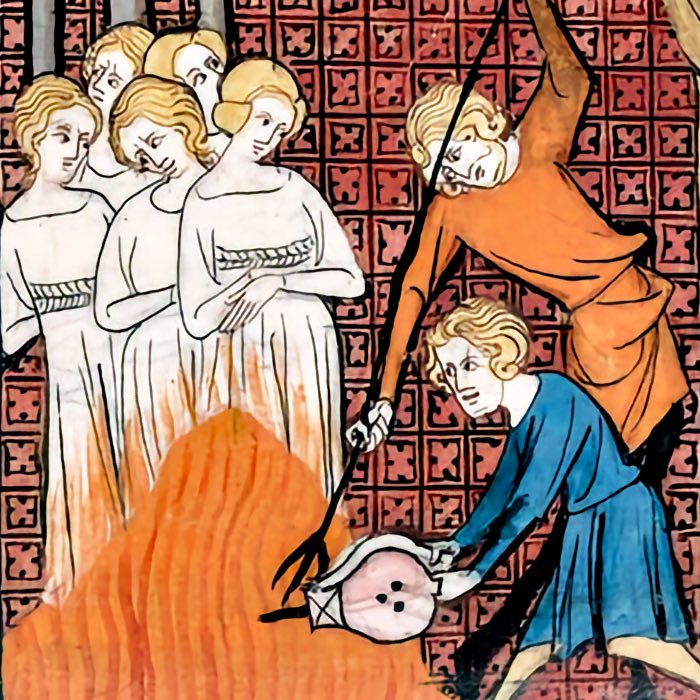
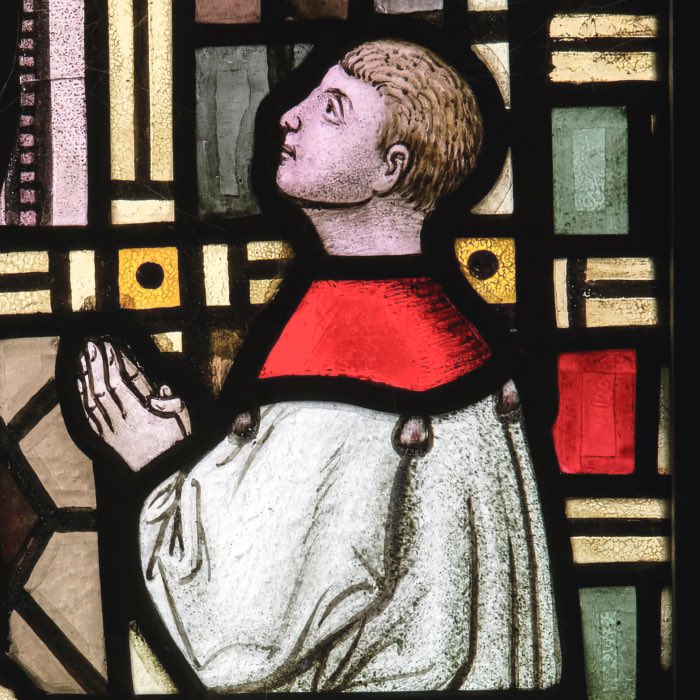
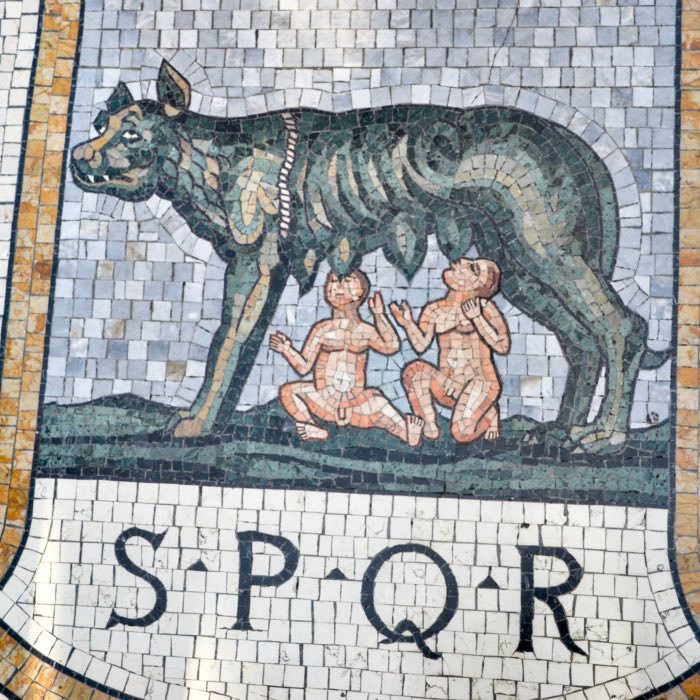
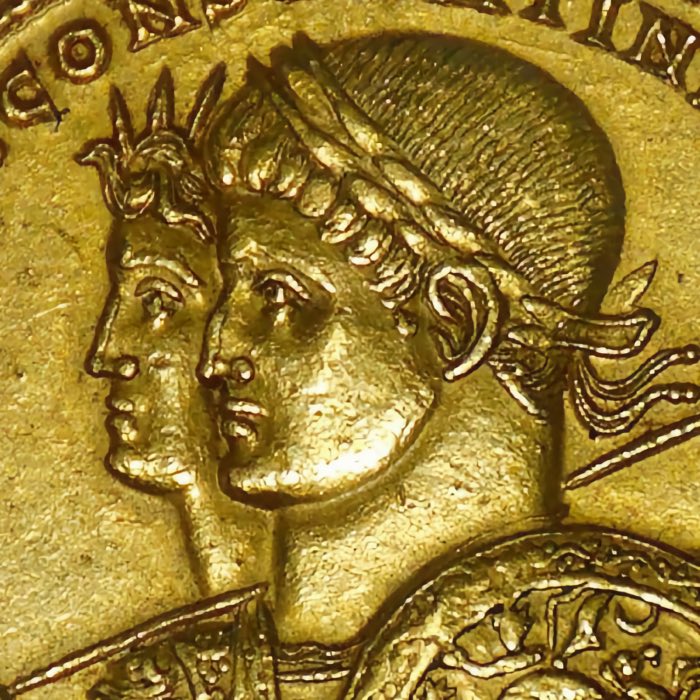
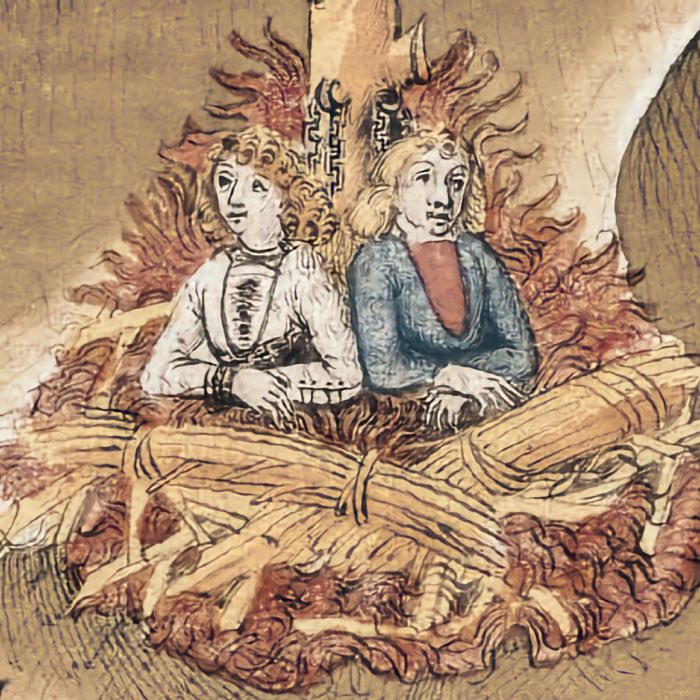
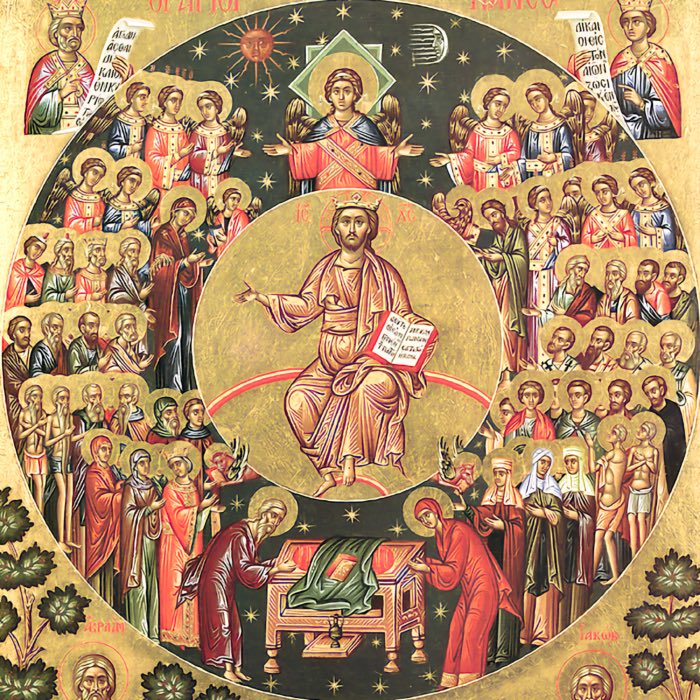
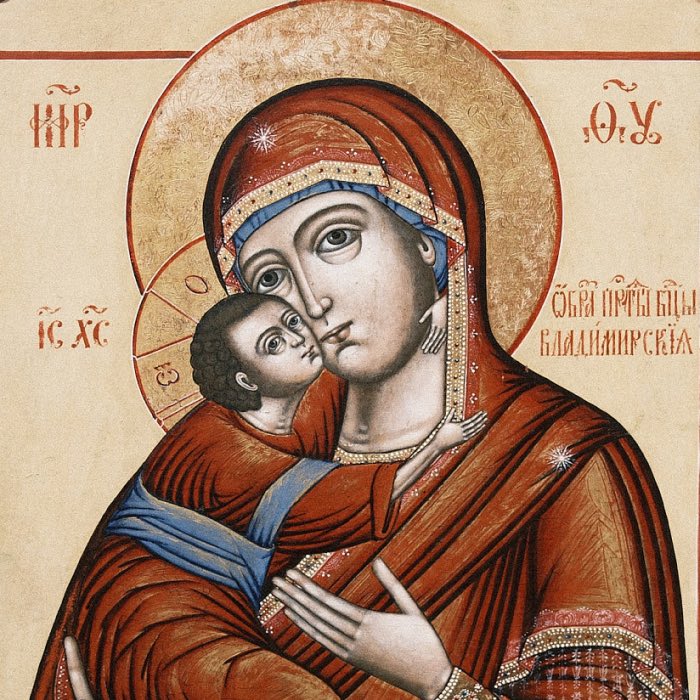
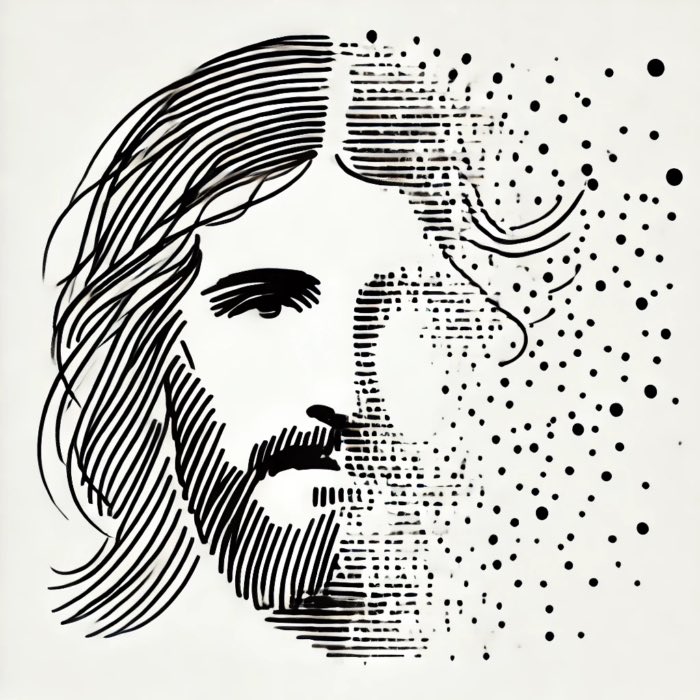
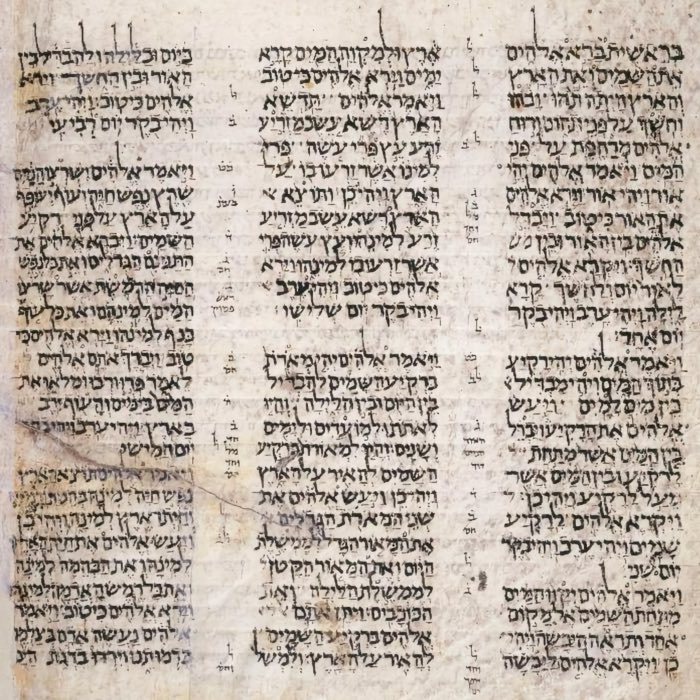
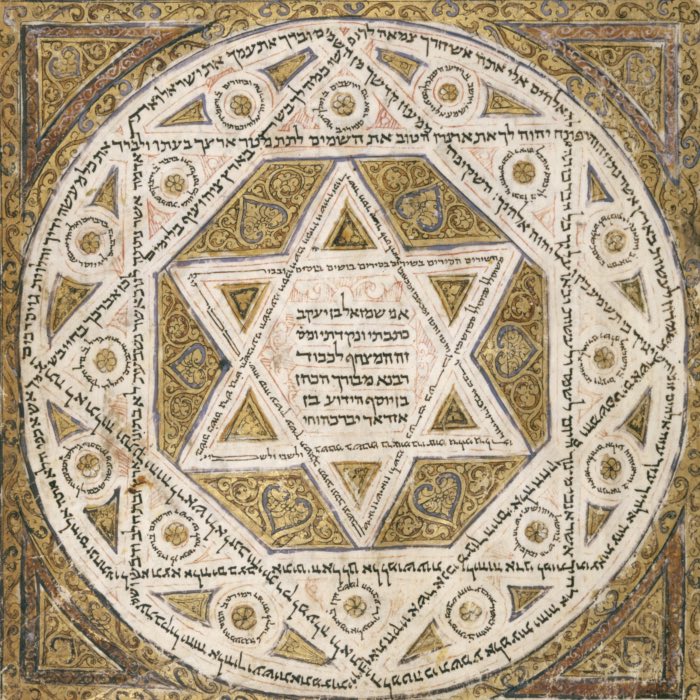
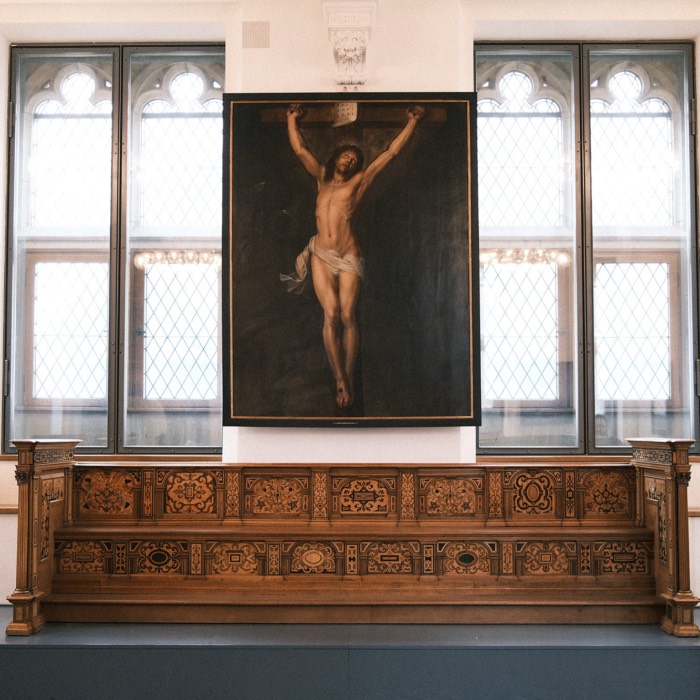
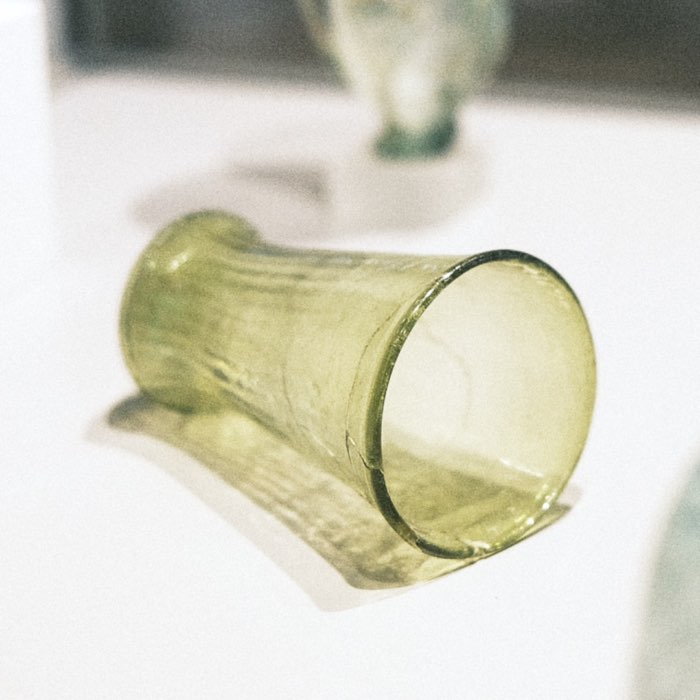
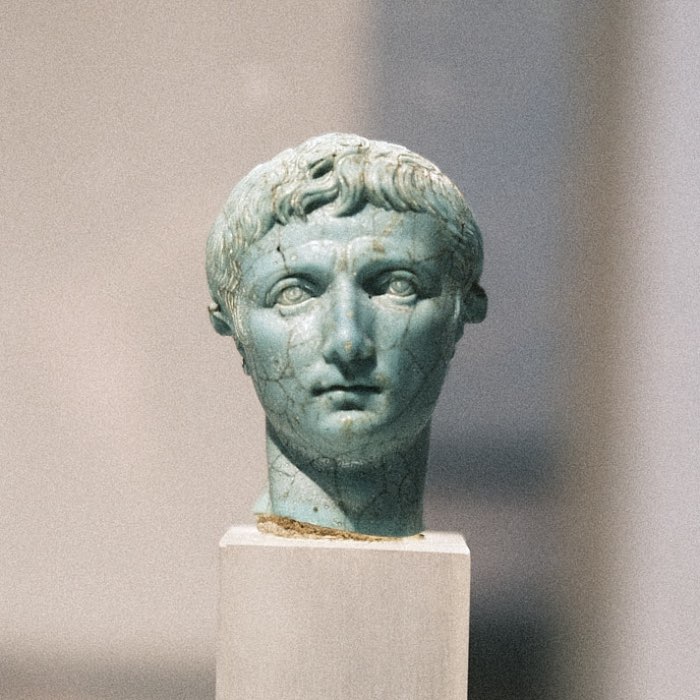


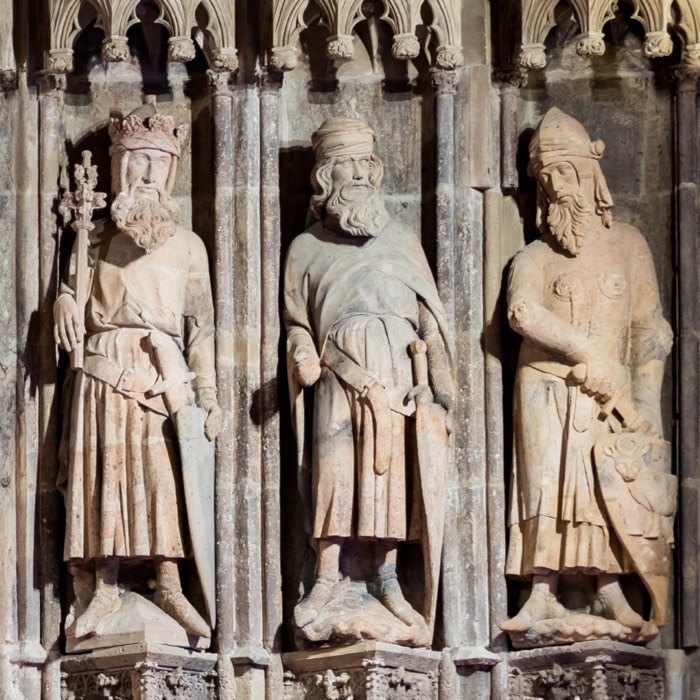
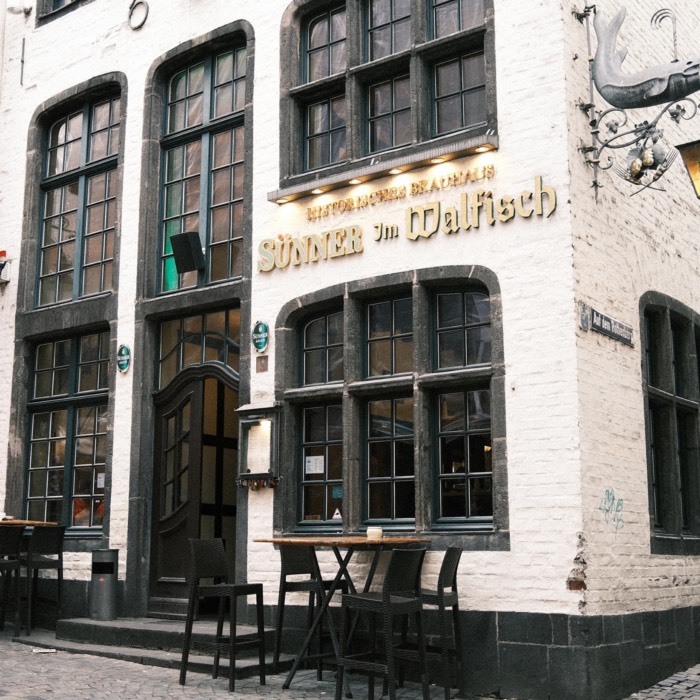
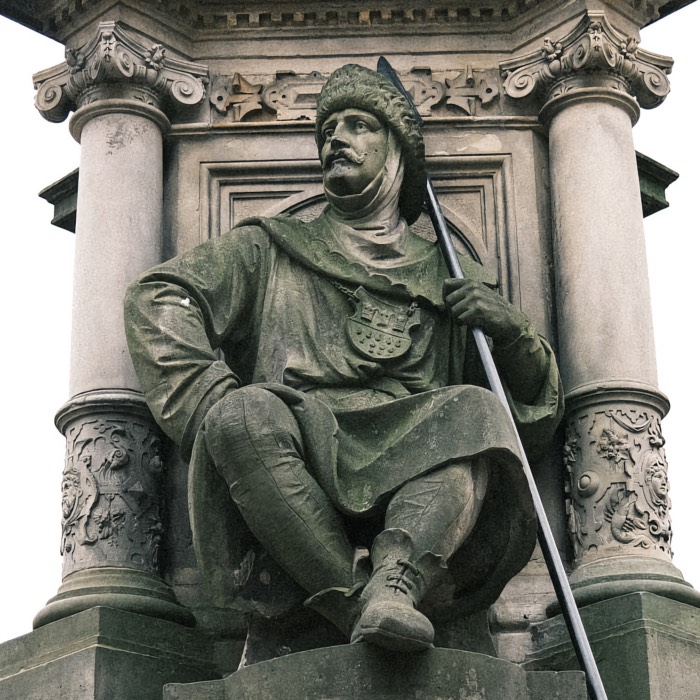
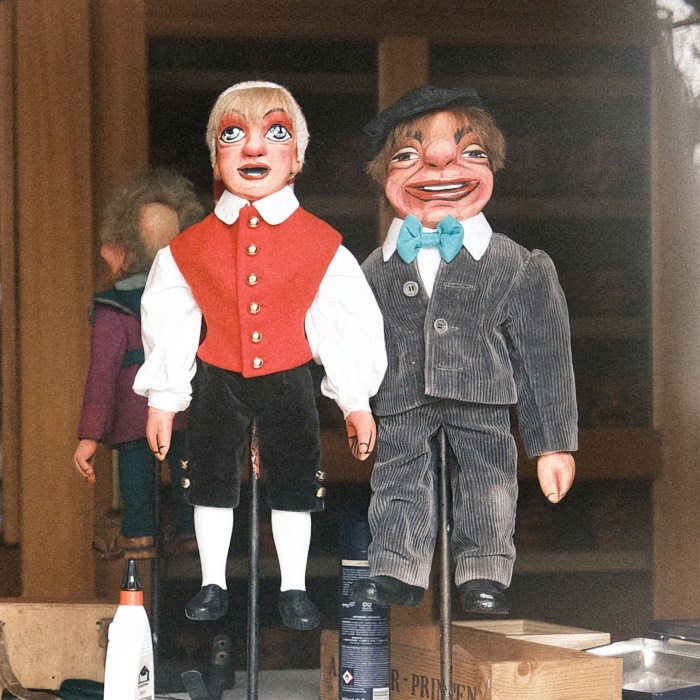

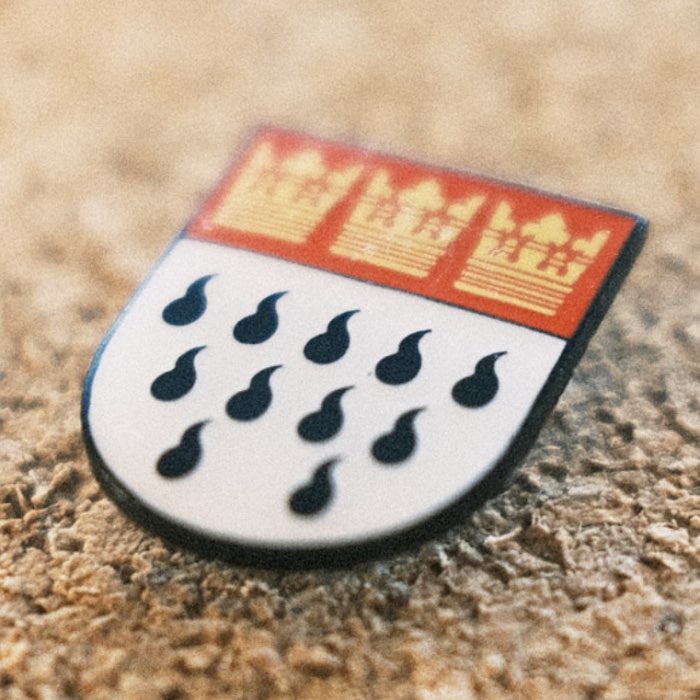
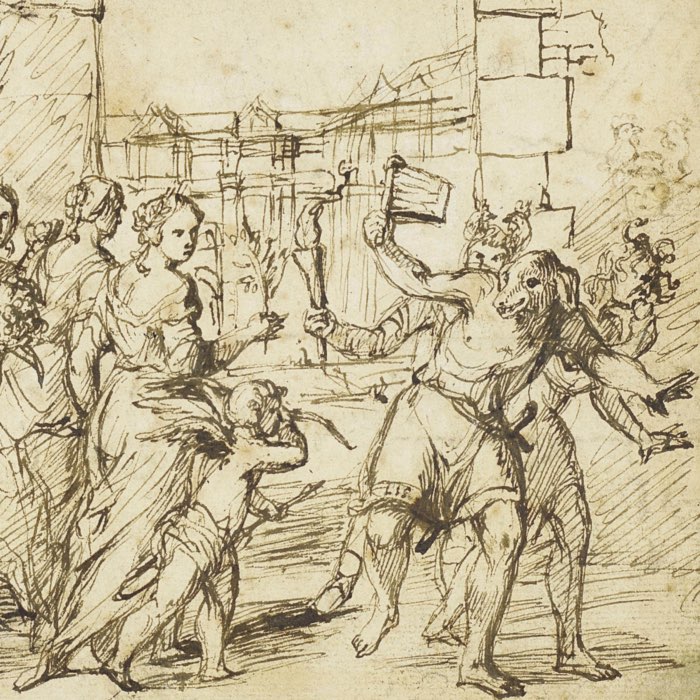
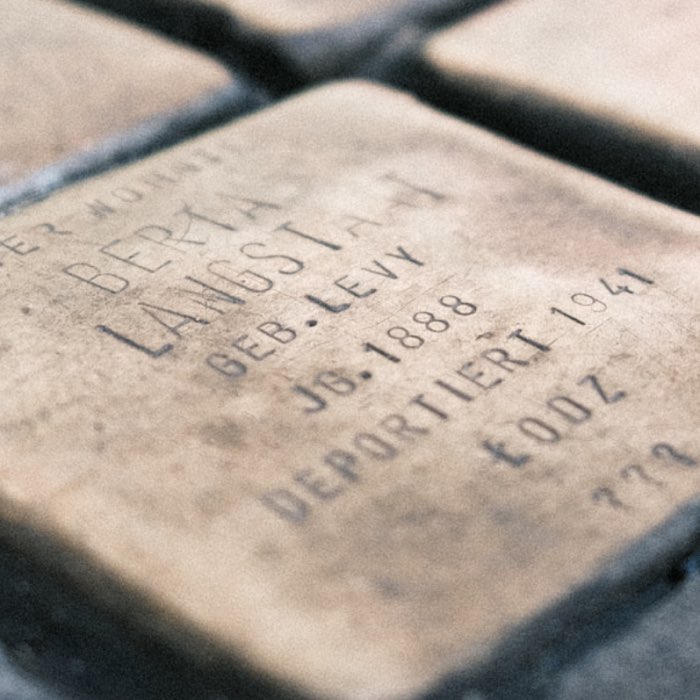
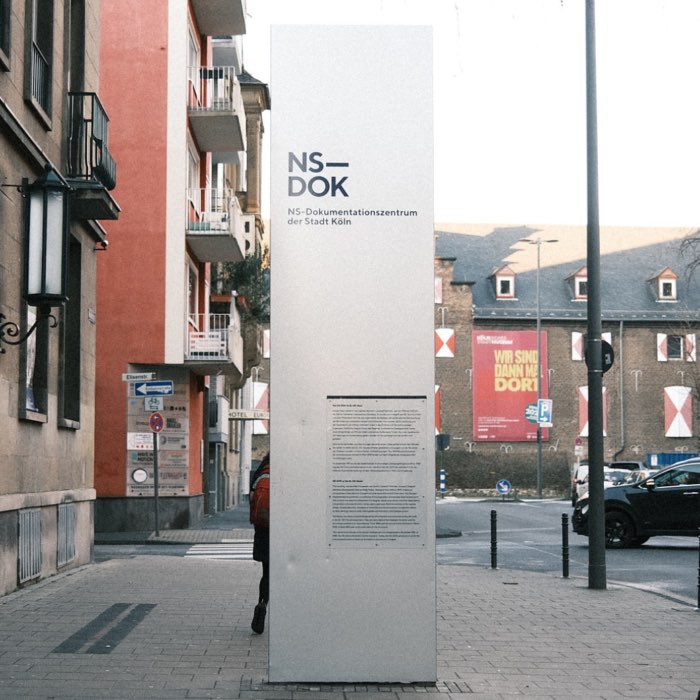








comments